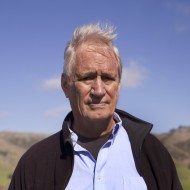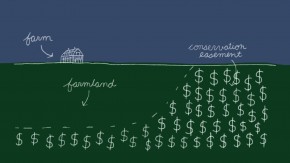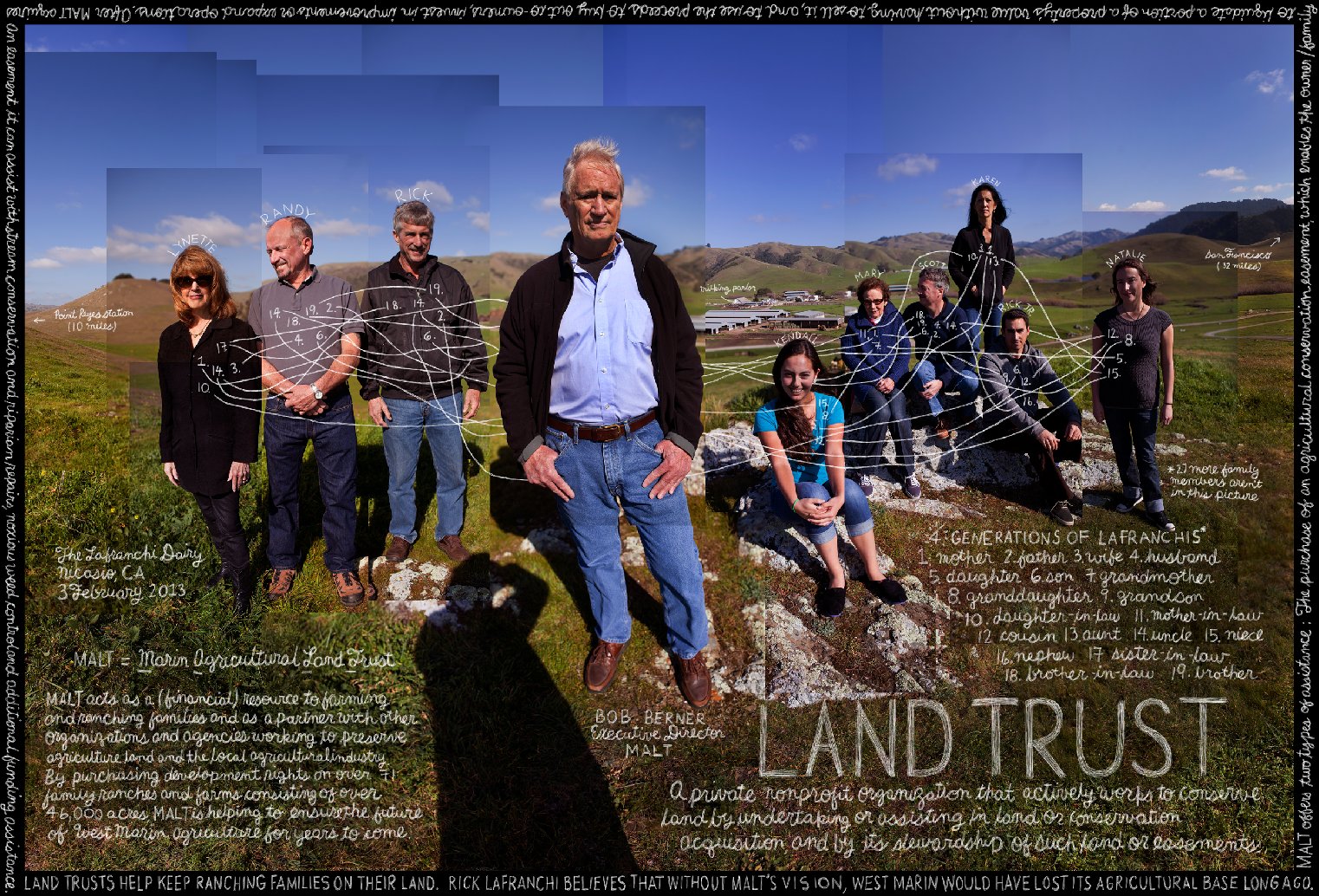In some parts of the country, farm land is valued more for its real estate potential than for what it can grow. As profitability remains challenging for present day farmers, some are looking to sell off their land. Bob Berner, retired Executive Director of the Marin Agricultural Land Trust, explains in this new video by Douglas Gayeton of the Lexicon of Sustainability project how land trusts provide guidance and economic support in the form of conservation easements to keep farms in production.
5 Quotes from Bob Berner, former Executive Director for the Marin Agricultural Land Trust, Nicasio, CA (Excerpted from a conversation with Douglas Gayeton)

Marin Agricultural Land Trust: MALT is a land trust, a private, nonprofit organization that was formed to actively work to conserve farmland in Marin County, California by acquiring conservation easement in voluntary transactions with agricultural landowners.
Definition of conservation easement: It's an agreement between a landowner and a land trust, land conservation organization, or in some cases, a public agency. The landowner agrees to limit the uses of the land to a particular purpose -- in our case, farmland. Other examples might be for habitat or natural resource conservation or open space. But our conservation is aimed at preserving the land as productive agricultural land. So the agreement creates a commitment on the part of the landowner to preserve the land as agricultural land for cultural use. The land trust, MALT, is the holder of the conservation easement and becomes responsible for stewardship of the easement, establishing a relationship with the [owner] who granted the easement and successive property owners to make sure that the terms of easement are respected and observed.


